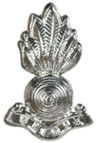
The South African Army is the principal land warfare force of South Africa, a part of the South African National Defence Force (SANDF), along with the South African Air Force, South African Navy and South African Military Health Service. The Army is commanded by the Chief of the Army, who is subordinate to the Chief of the SANDF.

The G6, sometimes denoted as the G6 Rhino, is a South African mine-protected self-propelled howitzer. It was developed as a turreted, self-propelled variant of the G5 howitzer series, mating the gun to a six-wheeled armoured chassis. Design work on the G6 began in the late 1970s to replace the obsolescent Sexton being retired from service with the artillery regiments of the South African Army. Serial production commenced between 1988 and 1999.
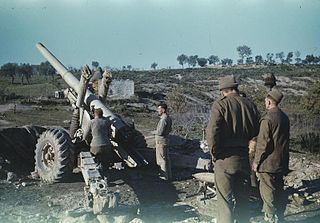
The BL 5.5-inch gun was a British artillery gun introduced during the middle of the Second World War to equip medium batteries.

The Autshumato Anti-Aircraft Regiment is a reserve air defence artillery regiment of the South African Army.
The South African Army is divided into functional branches, known as corps. Most consist of units, but some, such as the SA Staff Corps, consist only of personnel who are assigned to headquarters and units. The following is a list of corps established since 1912.

The Yugoslav Ground Forces was the ground forces branch of the Yugoslav People's Army (JNA) from 1 March 1945 until 20 May 1992 when the last remaining remnants were merged into the Ground Forces of the new Federal Republic of Yugoslavia, under the threat of sanctions.

The Regiment of Artillery is a combat/fighting arm of the Indian Army, which provides massive firepower during all ground operations of the Indian Army. It is a successor to the Royal Indian Artillery (RIA) of British Indian Army, which itself traces its origins to the formation of Bombay Artillery in 1827.
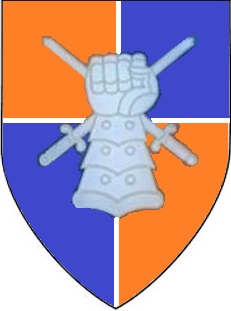
The South African Army Armour Formation provides an Armour capability to the South African Army. The Formation came into being as part of a restructure. South African Armour Corps units previously under the command of various different brigades and other formations were all grouped under one formation. All armour is assigned to the SA Army Armour Formation under the charge of a General Officer Commanding.

The Steve Biko Artillery Regiment is a airborne artillery regiment of the South African Artillery.

The School of Artillery is the South African Army's specialized artillery training school

The South African Army Air Defence Artillery Formation is the controlling entity of all South African Army Air Defence Artillery units. This Formation consists of both regular and reserve units.

7 South African Infantry Division was a formation of the South African Army, active from the 1960s to 1999.
This page details the South African Army order of battle in 1940, before and after the formation of expeditionary forces.
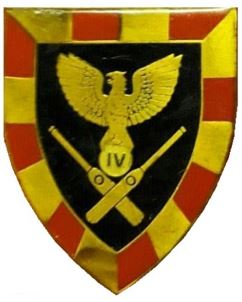
4 Artillery Regiment is based at Potchefstroom, responsible for the training of soldiers allotted to Field and Medium Artillery.

7 Light Anti-Aircraft Regiment is a reserve force regiment of the South African Army Air Defence Artillery Formation.
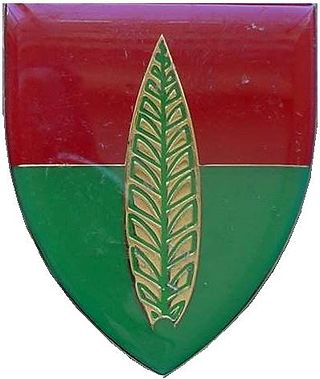
10 Anti-Aircraft Regiment is an anti-aircraft artillery regiment of the South African Army.

9 South African Infantry Division was a formation of the South African Army, active in the early 1990s.
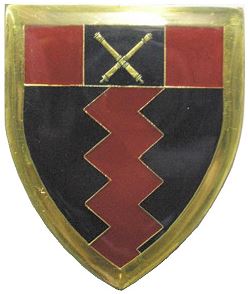
10 Artillery Brigade was a South African Defence Force formation designed for mass artillery barrages, mainly for the 7 South African Infantry Division or 8 South African Armoured Division, as well as an ad hoc formation during Operation Prone, when needed and detached and reattached where required. Smaller components would then be used at the battlegroup level.

The South African Heavy Artillery (SAHA) was a regiment formed in 1915 as part of the South African Overseas Expeditionary Force to serve under British command during World War I. It never fought as a single formation, but contributed a number of batteries and brigades to the Royal Garrison Artillery that fought on the Western Front from 1916 until the Armistice.



